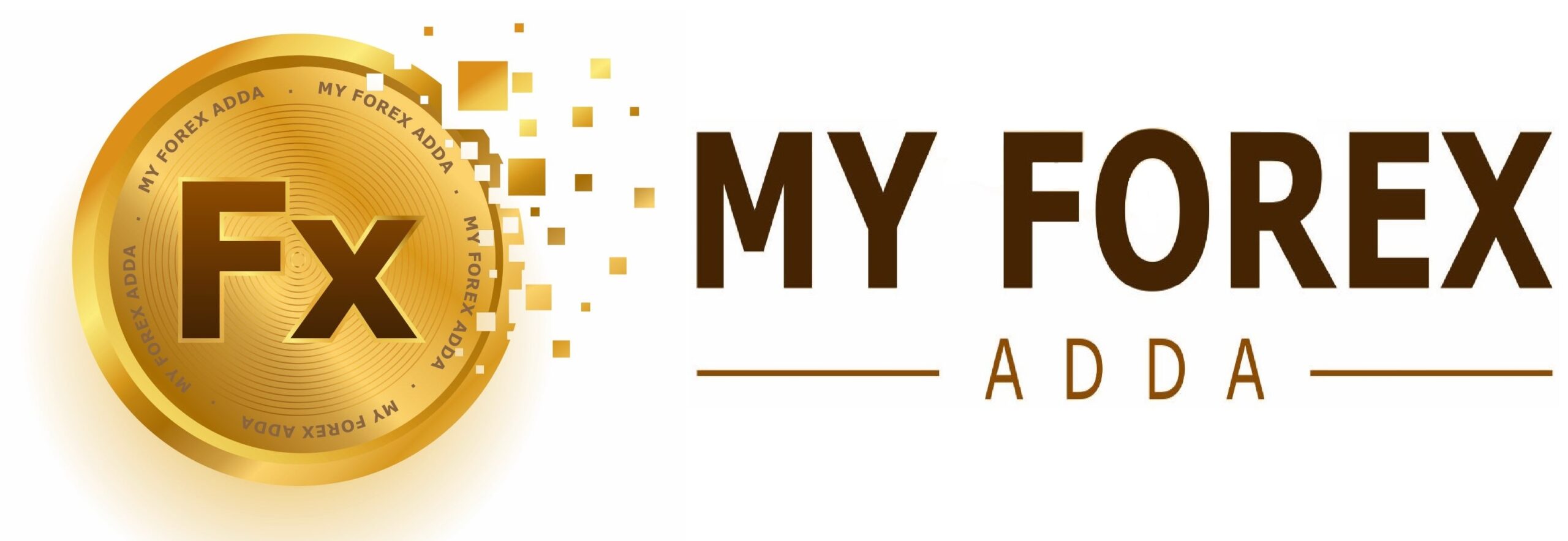On Tuesday, the U.S. dollar reached a four-month high as traders continued to prepare for the incoming Trump administration and a tighter Federal Reserve policy.
As of 04:00 ET (09:00 GMT), the Dollar Index—which measures the dollar against a group of six major currencies—rose by 0.3% to 105.740, its highest level since early July.
Trump Trade Drives Dollar Higher
The dollar has been in demand over the past week as traders increasingly back positions expected to benefit from the incoming Donald Trump administration.
With the Republican Party set to control both houses of Congress when Trump assumes office in January, it’s likely he’ll have a smoother path to advancing an agenda focused on tax cuts, alongside tariffs and immigration policies that could drive inflation.
As a result, market expectations for a Federal Reserve interest rate cut in December have fallen to about 69%, down from nearly 80% last week, according to CME Group’s (NASDAQ:CME) FedWatch Tool.
“There is a growing sense that, unlike in 2016 when Donald Trump wasn’t fully prepared for office.
Trump Warns Eurozone Over Trade Deficit, Sparking Concerns of Trade War
Donald Trump has cautioned the eurozone, warning it will “pay a big price” for insufficiently purchasing American exports, raising the risk of a potential trade conflict with a region already facing economic challenges.
In Germany, inflation—adjusted to align with other European Union countries—climbed to 2.4% in October, confirming preliminary data, following a 1.8% year-on-year increase in September. Although European Central Bank policymakers would prefer to keep inflation in the eurozone’s largest economy below their 2% target, they are still expected to ease monetary policy toward the end of the year.
The euro is also under added pressure due to political uncertainty in Germany, the bloc’s largest economy. “EUR/USD looks ready to test 1.0600, with our year-end target of 1.05 in sight,” ING noted.
Meanwhile, GBP/USD slipped 0.4% to 1.2814 after UK data showed an unexpected rise in the unemployment rate, reaching 4.3% in the three months to September, up from 4.0% in the previous period.
Signs of a cooling labor market have emerged after the Bank of England cut interest rates for the second time this year. BoE Governor Andrew Bailey is set to deliver a key speech at the Mansion House on Thursday, with traders seeking guidance on monetary policy following the Labour government’s expansive budget.





